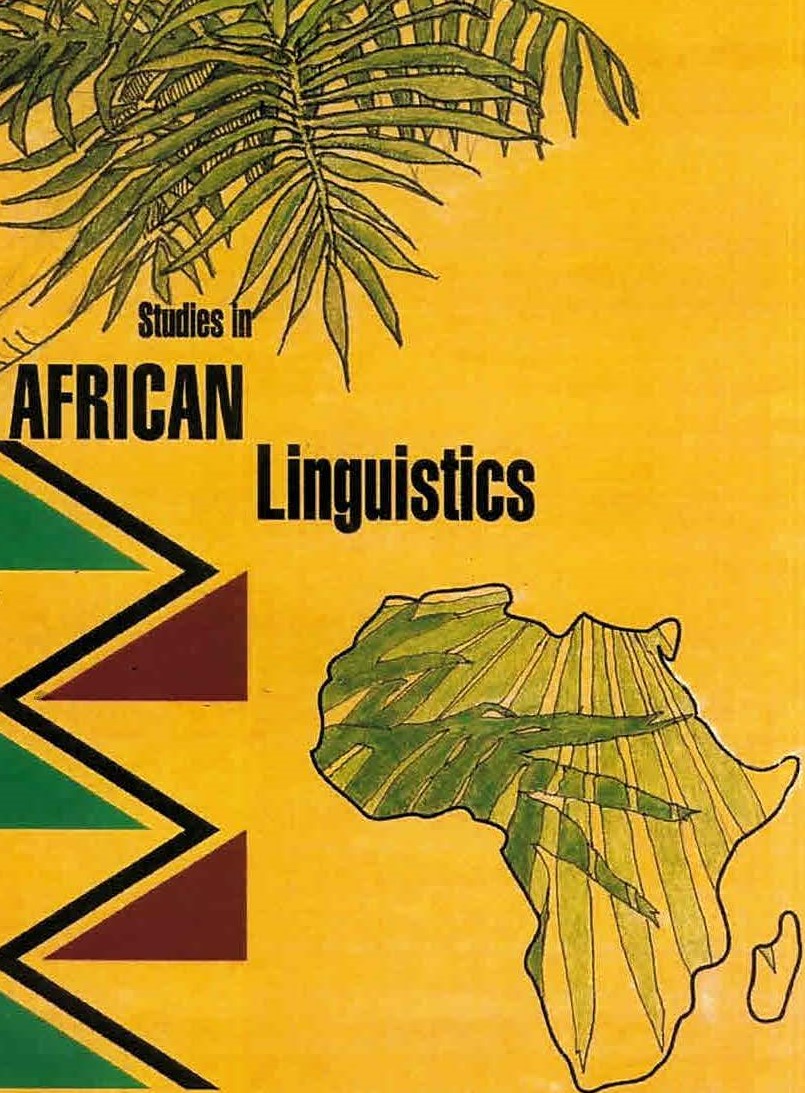Is Ts’ixa (Kalahari Khoe) a dialect of Shua?
A comparative take on nominal gender marking and alignment patterns
Schlagworte:
nominal gender marking, grammatical gender, Khoe-Kwadi, Kalahari Khoe, historical relations, pronounsAbstract
The endangered language Ts’ixa (Kalahari Khoe), spoken on the eastern fringe of Botswana’s Okavango Delta, is generally assumed to be a member of the Shua dialect cluster. In this paper, I reconsider this classification by taking a closer look at the interconnected domains of nominal gender and the marking of grammatical relations. Using doculect data assembled from both published and unpublished sources, I explore formal and functional aspects of Shua pronominal paradigms and a set of associated clitics commonly referred to as Person-Gender-Number (PGN) markers. While both Ts’ixa and Shua may represent nominal referents by a set of corresponding pronouns, the two languages differ in whether
[- animate] nouns possess inherent grammatical gender which is optionally marked on the noun by a PGN clitic: Ts’ixa marks ~70% of noun phrases for gender and number, while in Shua, [- animate] nouns generally do not possess inherent grammatical gender. In both Ts’ixa and Shua, a subset of pronouns and PGNs have two paradigms which are associated with different grammatical roles: while Shua encodes a two-case opposition between subject/object and clausal dependents, Ts’ixa pronouns and PGN clitics display accusative alignment, distinguishing between subject/clausal dependents and objects. In both languages, the object of the clause may further be marked by a postposition (ʔ)à that occurs across Kalahari Khoe and probably grammaticalized from a copula. An additional strategy, indexing of pronominal objects on the verb, is exclusively found in the Deti dialect of Shua.
Taken together, the commonalities between Ts’ixa and Shua rarely transcend cross-Khoe patterns, while the differing alignment patterns support a well-delimited genealogical split. Further comparison with Khwe, a Western Kalahari Khoe language spoken to the north and west of Shua-speaking territory reveals a closer link between Khwe and Shua than previously assumed, with Ts’ixa remaining clearly differentiated from both.
Downloads
Veröffentlicht
Ausgabe
Rubrik
Lizenz
Copyright (c) 2023 Anne-Maria Fehn

Dieses Werk steht unter der Lizenz Creative Commons Namensnennung - Nicht-kommerziell 4.0 International.


